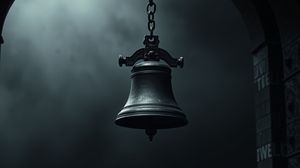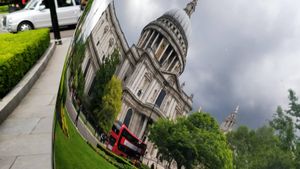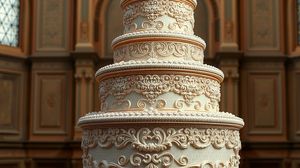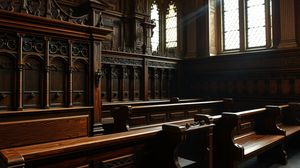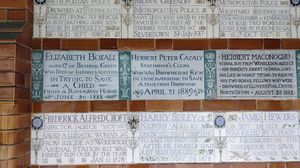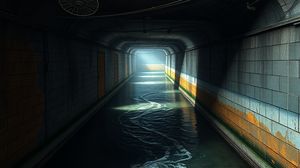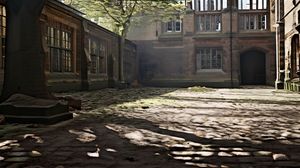
The Old Bailey, officially known as the Central Criminal Court of England and Wales, is one of the most famous courts in the world. Located in the City of London, this iconic building has been the site of many high-profile and sensational trials since it opened in 1907. The court stands on the site of the former Newgate Prison, which had a long history dating back to the 12th century.
A visit to the Old Bailey offers a glimpse into the British legal system in action. The building's grand architecture, with its imposing dome topped by the statue of Lady Justice, is a sight to behold. It's a popular destination for those interested in legal history and the inner workings of criminal justice. Visitors can often sit in one of the public galleries to watch trials, provided the court is in session and space allows.
A fascinating aspect of the Old Bailey is its entrance, which features an impressive portico supported by tall Corinthian columns. The phrase "Defend the Children of the Poor & Punish the Wrongdoer" is inscribed on the frieze above the entrance, reflecting the court's enduring commitment to justice.
One intriguing fact about the Old Bailey is that it was the first court in the United Kingdom to permit television cameras inside during sentencing, marking a significant change in how the legal process was shared with the public. This policy began as part of a broader effort to increase transparency in the justice system.
The Old Bailey has witnessed some of the most notorious criminal cases in British history, including those of infamous figures like Dr. Crippen and the Kray Twins. Its trials have occasionally captured the public's imagination, making headlines worldwide. The court's pronounced tradition of justice continues to make it a standout destination for anyone interested in legal history.
A lesser-known yet fascinating tidbit is that the Old Bailey has its own specially connected underground railway line, which was originally used to transport prisoners from the nearby Newgate Prison. Although the prison is long gone, this hidden railway is a reminder of the site's complex history.

Making the Most of Your Visit:
Arrive early for the best chance of getting into a trial session. The public galleries can fill up quickly, especially for high-profile cases, so turning up before 9:30 AM will increase your chances of securing a spot.
Be prepared for airport-like security checks upon entering, so remember to leave any items like tasers, pepper spray, scissors, or penknives at home, as these types of items will not be allowed.
While inside, keep your phone switched off and refrain from any photography or recording. This is strictly enforced, and any breach of this rule could lead to you being asked to leave or even faced with legal consequences.
Before your visit, you might want to do a little research on the notable cases that have taken place at the Old Bailey. It will give you a richer understanding of the court's historical significance and perhaps enhance your experience during trial proceedings.
Grab a trial list from the entrance before entering the courthouse which provides details on what's scheduled for the day. It's incredibly helpful for deciding which cases you might want to watch.

Visiting Times & Costs:
The Old Bailey, officially known as the Central Criminal Court of England and Wales, is open to the public on weekdays.
Opening Times: Visitors can enter from Monday to Friday, typically from 10:00 AM to 1:00 PM and 2:00 PM to 4:30 PM. It is important to note that the court is closed on weekends and public holidays.
Cost: Entry is free of charge.
Accessibility: The Old Bailey has provisions for visitors with disabilities, including wheelchair access. However, it is advisable to contact the venue in advance if specific assistance is required.

Address & Map:

Nearby:


